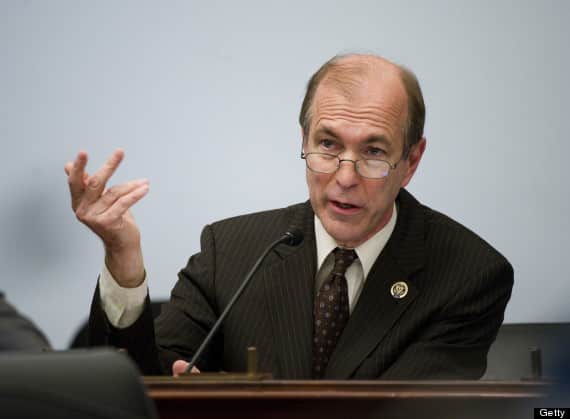
no its not the town garage in Ridgewood
BY S.P. SULLIVAN | NJ ADVANCE MEDIA
New Jersey has more places under the federal Superfund program, which prioritizes cleanups of dangerous contaminated sites, than any other state.
Many have histories more colorful than an oil slick: A massive chemical fire at a mob-controlled waste storage facility. Agent Orange in the Passaic River. Local wildlife turned green. And the only site ever to be put on the Superfund list twice.
While many of those sites have been cleaned up, they require longterm treatment and monitoring. With the EPA’s budget on the chopping block under President Donald Trump’s administration, advocates worry things will backslide for the Superfund, which has already been near-broke for decades.
“Just think about it: We’ve got over a hundred Superfund sites in this state. We’ve got 21 counties,” former Gov. Jim Florio, who wrote the Superfund law when he was in Congress in the early 1980s, said recently. “Nobody lives very far from these sites.”
BERGEN COUNTY
Garfield Groundwater Contamination
The former E.C. Electroplating company’s activity at this Garfield site spilled and leaked cancer-causing chromium into the ground, creating a plume of groundwater contamination at least a half a mile wide. One of New Jersey’s orphan sites, the EPA hasn’t identified a funding source for a cleanup, and says there’s “insufficient data” to measure the risk it poses to the surrounding community.
The city’s mayor appeared in front of a U.S. Senate hearing to plead for federal dollars for the site in 2014, but the cleanup still lacks funds.
Curcio Scrap Metal, Inc.
This active scrap metal yard in Saddle Brook saw a spill of oil containing PCBs in the 1980s and a major cleanup project in the 90s. Because of the nature of the work done there, it was also contaminated with heavy metals and volatile organic compounds, according to the EPA. Soil cleanup was completed long ago but groundwater cleanup is ongoing.
Fair Lawn Well Field
This site includes three municipal drinking water wells in the Bergen County borough. Volatile organic compounds were detected in the water in the late 1970s and traced to a nearby industrial park. Monitoring is ongoing, but the EPA says it has “insufficient data” to determine the site’s threat to human health.
(EPA)
Maywood Chemical Co.
The Maywood Chemical Works processed radioactive thorium ore from 1916 to 1955. The work generated chemical and radioactive waste.
The site is being cleaned up by the U.S. Army Corps of Engineers and the company deemed responsible for the contamination. Cleanup of radioactive soil is “underway” and the rest of the plan is “in development,” according to EPA.
Quanta Resources Corporation
This site saw nearly a century of coal tar, paving and roofing material production along what was once an industrial wasteland along the Hudson River. Now surrounded by booming waterfront development, the EPA is overseeing cleanup of PCBs and other contaminants, but says it has “insufficient data” to determine the site’s threat to human health.
Berry’s Creek Study Area
A small chunk of the Meadowlands in Bergen County is home to three distinct Superfund sites along Berry’s Creek, a six-mile tributary of the Hackensack River. The area includes the Scientific Chemical site in Carlstadt, Universal Oil Products site in East Rutherford and the Ventron/Velsicol site, which spans Wood-Ridge and Carlstadt.
All three sites are laden with PCBs and Berry’s Creek is considered among the most mercury-laden locations in the country. Only the Scientific Chemical site is listed as “under control.”









